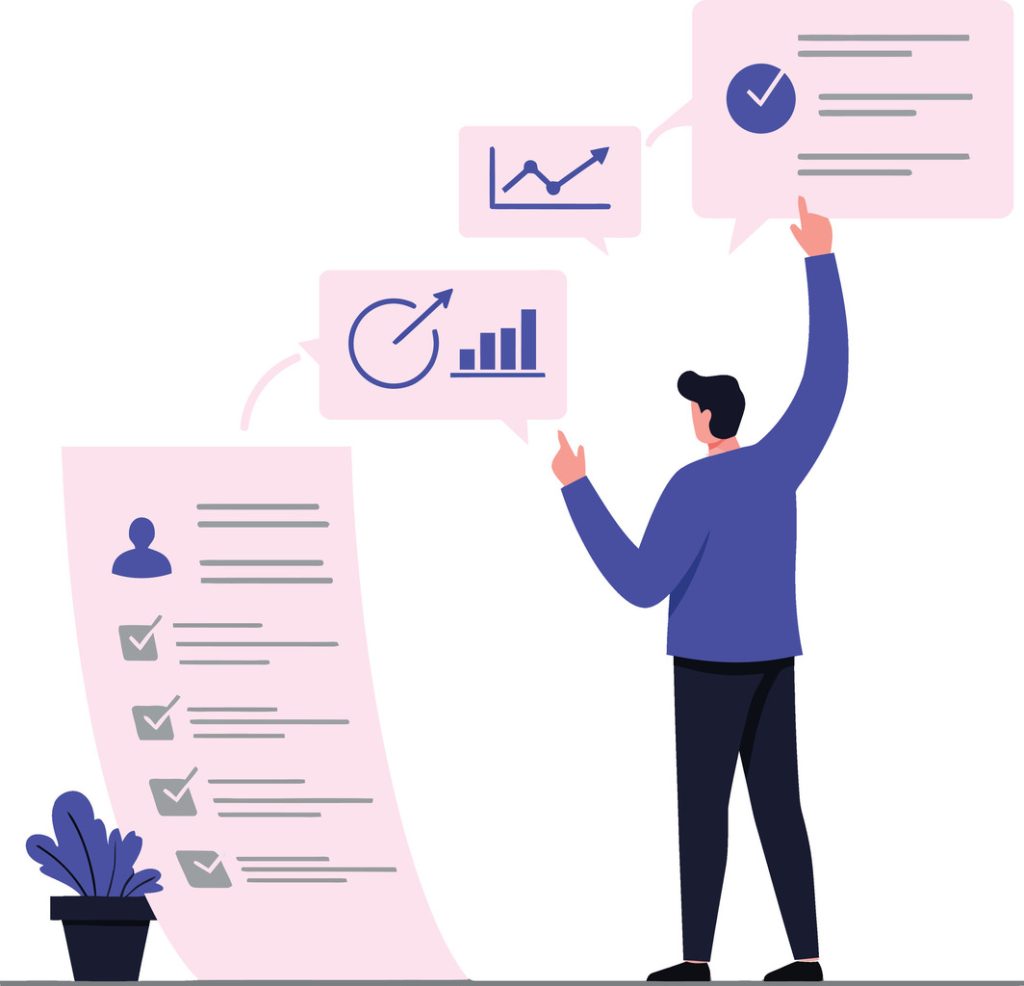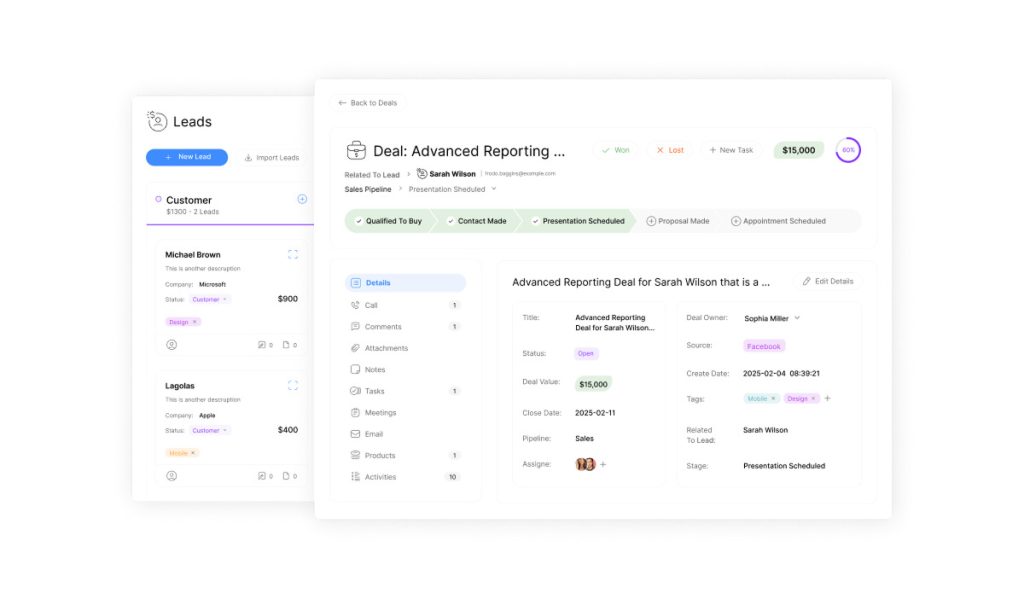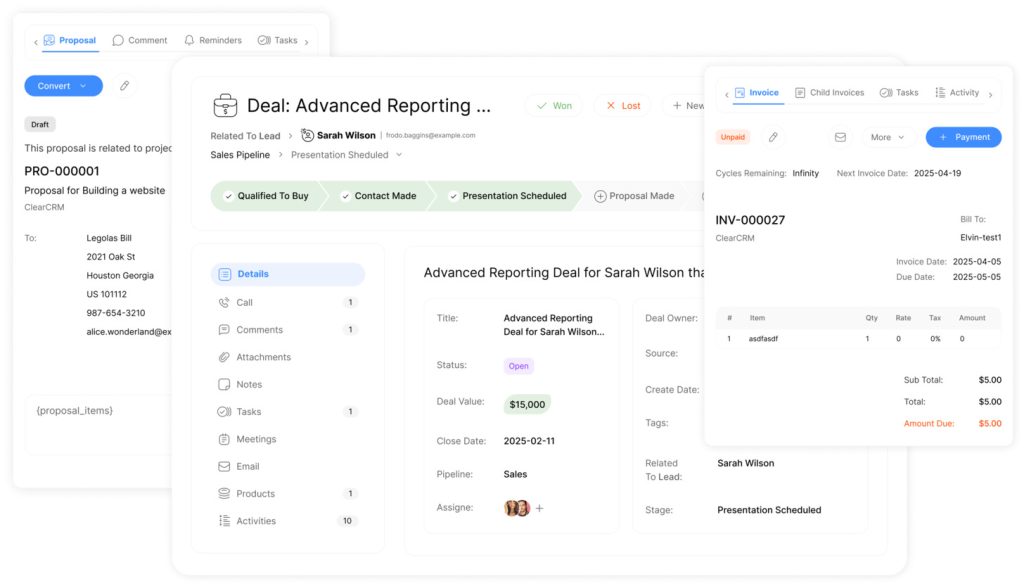How to Manage Lead Default Pipelines for Faster Conversions

Every business relies on systems to track potential customers. When these systems lack structure, opportunities slip away. ClearCRM helps manage prospect workflows efficiently, bridging gaps between marketing efforts and sales execution. This ensures teams prioritize high-value interactions while minimizing wasted resources.
Clear processes for organizing and advancing prospects create alignment across departments. Teams spend less time debating priorities and more time closing deals. Establishing standardized steps reduces confusion, accelerates decision-making, and maintains momentum through every stage of the customer journey.
Without a unified approach, businesses face inconsistent follow-ups, missed deadlines, and revenue leaks. A well-designed strategy eliminates these risks by creating visibility into progress and bottlenecks. It also ensures accountability, empowering teams to focus on actions that drive conversions.
This article explores proven methods to optimize these critical workflows. Readers will learn how to simplify processes, automate repetitive tasks, and align teams around shared goals. Practical insights include prioritizing high-potential prospects and refining communication channels for maximum impact.
Key Takeaways
- Structured workflows align marketing and sales teams, reducing friction.
- Standardized processes minimize errors and accelerate deal progression.
- Visibility into prospect stages helps identify bottlenecks early.
- Automation tools save time while maintaining consistent engagement.
- Regular reviews ensure strategies adapt to changing business needs.
Understanding Lead Default Pipelines and Their Importance

Effective customer journey management begins with mapping how prospects interact with a business. Structured workflows clarify where individuals stand in their decision-making process, enabling teams to deliver timely support. By breaking the journey into distinct phases, organizations personalize engagement while maintaining operational consistency.
Three Core Stages of Prospect Development
Every potential customer progresses through three critical phases:
- Awareness: Prospects discover a product through blogs or social media. Example: A software company shares educational content about workflow automation.
- Consideration: Interested leads compare solutions. Marketing teams provide case studies, while sales reps offer tailored demos.
- Decision: Prospects evaluate pricing or trial offers. Coordinated follow-ups ensure no opportunity stalls.
This framework simplifies tracking and prioritization. Teams quickly identify which prospects need nurturing versus immediate attention.
Aligning Departments for Better Outcomes
Marketing automation nurtures prospects at scale, while sales teams focus on high-intent leads. Shared data ensures seamless handoffs between departments. For instance, a webinar attendee might receive automated follow-up emails and a personalized call from a sales specialist.
| Stage | Marketing Role | Sales Role |
|---|---|---|
| Awareness | Educational blogs | Identify lead sources |
| Consideration | Product comparisons | Customized demos |
| Decision | Testimonial emails | Negotiation support |
Combined efforts reduce duplicated work and accelerate conversions. Businesses using integrated strategies report 28% faster deal closures, according to recent industry analyses.
Step-by-Step Guide to Managing Your Lead Default Pipelines

Automated workflows ensure prospects move smoothly through stages without manual oversight. By defining clear rules, teams eliminate guesswork and maintain momentum. This approach reduces delays while keeping sales processes aligned with buyer behavior.
Creating and Setting a Default for Your Leads
Start by accessing your CRM’s automation settings. In HubSpot, navigate to the properties tab and select “Lifecycle Stage” to set default values for new entries. Assign stages like “Subscriber” or “Opportunity” based on initial engagement triggers.
For example, webinar registrants might automatically enter the “Consideration” phase. This ensures every contact receives tailored content from day one. Regularly audit these defaults to match evolving business goals.
Automating Lead Stage Progressions
Activate triggers that advance prospects when specific actions occur. Use dropdown menus to link events like completed demo requests or downloaded pricing guides to stage upgrades. HubSpot’s workflow tool lets teams toggle these rules in seconds.
If a contact needs manual reassignment, update their status and adjust automation filters to prevent conflicts. Consistent process management prevents errors, ensuring no prospect slips through the cracks.
Automated email sequences or meeting reminders can push stalled deals forward. Businesses using these methods report 34% faster conversions, according to CRM benchmark data. Streamlined systems turn chaotic workflows into predictable revenue streams.
Optimizing Automation and Sales Processes

Streamlining workflows requires balancing technology with strategic oversight. Modern tools allow teams to eliminate repetitive tasks while maintaining personalized engagement. This approach ensures every prospect interaction aligns with broader business goals.
Configuring Automation Settings in HubSpot
Navigate to Objects > Leads > Pipelines in HubSpot’s dashboard. Use dropdown menus to assign lifecycle stages like “Prospect” or “Negotiation.” Toggle automation rules to advance contacts when they complete actions (e.g., downloading a pricing guide).
For example, webinar attendees could automatically receive follow-up emails. This reduces manual data entry by 41%, according to HubSpot’s 2023 efficiency report. Regular audits ensure these settings match evolving sales priorities.
Customizing Lead-Stage Actions for Improved Conversions
Teams can trigger targeted emails when prospects reach specific stages. A contact entering the “Demo Requested” phase might get a calendar invite from a sales rep. Pair these automations with top CRM tools to sync data across platforms.
“Automation works best when it mirrors human decision-making. Combine rules with real-time adjustments for maximum flexibility.”
Utilizing Data and Metrics for Continuous Improvement
Track these key performance indicators weekly:
| Metric | Target | Tool |
|---|---|---|
| Conversion Rate | 15-20% | HubSpot Analytics |
| Response Time | Salesforce Inbox | |
| Deal Slippage | Pipedrive Pipeline |
Review trends monthly to identify bottlenecks. Adjust automation filters if prospects stall at certain stages. Companies using this method achieve 22% higher retention rates than industry averages.
Integrate quarterly strategy sessions to align tech settings with team feedback. This ensures systems scale alongside business growth while maintaining operational agility.
Best Practices and Key Metrics for Lead Pipeline Success
Tracking progress transforms chaotic workflows into measurable growth. Businesses that monitor key indicators consistently outperform competitors by identifying leaks early and refining strategies. Focused metrics reveal what’s working—and where teams need to pivot.
Monitoring Pipeline Metrics
Prioritize these data points weekly:
- Conversion rates: Track how many prospects advance to closed deals. Industry benchmarks show top performers achieve 18-22%.
- Drop-out hotspots: Identify stages where prospects disengage. A SaaS company reduced abandonment by 31% after analyzing demo-to-proposal gaps.
- Sales cycle length: Measure time from initial contact to purchase. Teams using automated reminders cut delays by 27%.
Tools like HubSpot dashboards highlight trends in real time. Pair this with quarterly team reviews to align goals with performance gaps.
Reviewing and Enhancing Pipeline Performance
Regular audits uncover hidden bottlenecks. One e-commerce firm discovered 40% of stalled deals lacked follow-up tasks. They implemented automated reminders, boosting closures by 19% in three months.
Integrate cross-department feedback during strategy sessions. Marketing might adjust content types if early-stage leads lack engagement. Sales can refine negotiation scripts based on common objections.
“Data without action is just noise. Build processes that turn insights into immediate adjustments.”
Companies using monthly metric reviews report 23% faster revenue growth than peers. Consistent refinement ensures systems adapt to market shifts while maintaining operational agility.
Conclusion
A well-organized system for guiding prospects from discovery to purchase separates thriving businesses from stagnant ones. Structuring lead pipelines with clear stages—awareness, consideration, decision—ensures teams deliver timely, relevant engagement. Automating progressions based on behaviors like demo requests or content downloads eliminates manual errors and accelerates sales cycles. Additionally, using tools that allow you to visualize your custom sales stages can enhance team collaboration and alignment. This clarity helps sales professionals understand where each prospect stands and what actions are necessary to move them forward. Regularly reviewing and optimizing these stages based on performance metrics will ensure sustained growth and adaptability in the market. Integrating analytics into this system allows businesses to continually optimize their approach based on data-driven insights. For those looking to enhance their lead management processes, a top marketing software solutions overview can provide valuable insights into the best tools available for automation and customer engagement. By leveraging these technologies, companies can further streamline their efforts, resulting in improved conversion rates and sustained growth.
Optimizing CRM settings to create lead stage defaults aligns marketing and sales efforts seamlessly. Continuous monitoring of conversion rates and drop-off points allows quick adjustments, preventing revenue leaks. Businesses using these methods report 20-30% faster deal closures while scaling operations efficiently. Implementing onceclick conversion strategies further enhances this alignment by simplifying the lead engagement process. By removing barriers to entry, potential customers are more likely to convert, allowing for a smoother transition from interest to commitment. This approach not only improves efficiency but also fosters stronger relationships between sales teams and prospective clients. Additionally, leveraging data analytics can enhance decision-making processes and improve lead nurturing. Companies can further refine their strategies by conducting a top lead management tools comparison, ensuring they choose the most effective software solutions available. This, in turn, empowers teams to prioritize high-quality leads, leading to increased sales performance and customer satisfaction.
The key lies in balancing automation with human insight. Regular strategy reviews ensure tools adapt to evolving customer needs and product offerings. Decision-makers who prioritize these steps build agile systems that convert prospects predictably.
Now is the time to act. Audit current processes, implement data-driven automations, and train teams on collaborative workflows. The result? Consistent growth, stronger customer relationships, and a competitive edge in any market.

